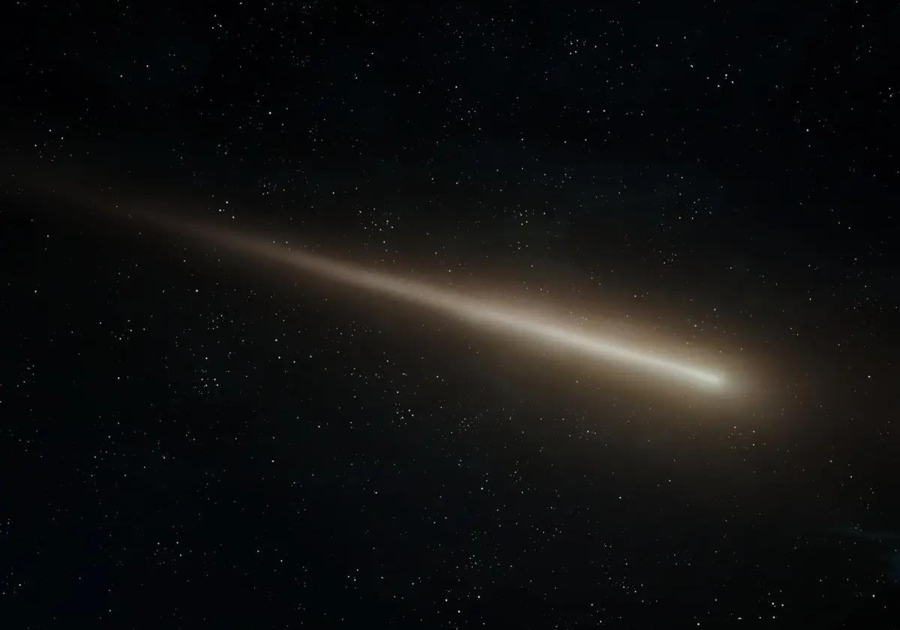If the weather cooperates in California, 2024 could be a stellar year to take in the annual Perseid meteor shower, which peaks Sunday through Tuesday, Aug. 11-13.
Under dark skies, it’s possible to see between 50 and 100 meteors an hour, with a good possibility for fireballs. The moon will be about 50 percent full, but will set before midnight, just in time for prime meteor shower viewing. As with most shooting star shows, the best time to see the Perseids is during the hours between midnight and dawn,
Surprises are always possible, but meteor experts don’t expect 2024 to be an outburst year. Skywatchers who are into serious advance planning should mark the August peak for the 2028 Perseids on their calendars. The shower four years from now could be especially intense due to a meteor storm that could produce 1,000 or more meteors an hour.
Until then, sit back and enjoy the last of the summer meteor showers. When it comes to brilliance, only the Geminid meteor shower in December rivals the Perseids. Both are known for swift, bright meteors that frequently leave behind long “wakes” of light and color, according to NASA.
Both are also known for fireballs, larger explosions of light and color that are brighter than typical meteors and whose “tails” last longer than typical meteor streaks. That’s because, NASA explains, fireballs come from larger particles of cometary material.
- Related: 2024 Guide To Meteor Showers, Supermoons And More
The big difference between the shooting star shows from the skywatcher’s vantage point is the difference between summer and winter. Regardless of the meteor shower, stargazers are rewarded by their patience, something many have in more abundance on warm summer versus cold winter nights.
If you can, find a dark sky location to watch for meteors. Most meteors will fly during predawn hours, though it’s possible to see them any time after 10 p.m. during the peak, according to NASA.
The shooting stars may not all be from the Perseids. This summertime favorite intersects with the Delta Aquariid meteor shower, which continues through Aug. 21. The Perseids continue through Sept. 1.
Also, meteors randomly fly in the sky but don’t always seem to originate from a particular star or constellation. The Perseids, no matter where they’re seen in the sky, trace back to the radiant point of the constellation of Perseus. The meteor shower is a tiny piece of the comet Swift-Tuttle, which orbits the sun every 135 years, according to NASA.
 When visiting events and local businesses, be sure to tell them Macaroni KID sent you... and don't forget to tell all your friends!
When visiting events and local businesses, be sure to tell them Macaroni KID sent you... and don't forget to tell all your friends!
 |  |  |






